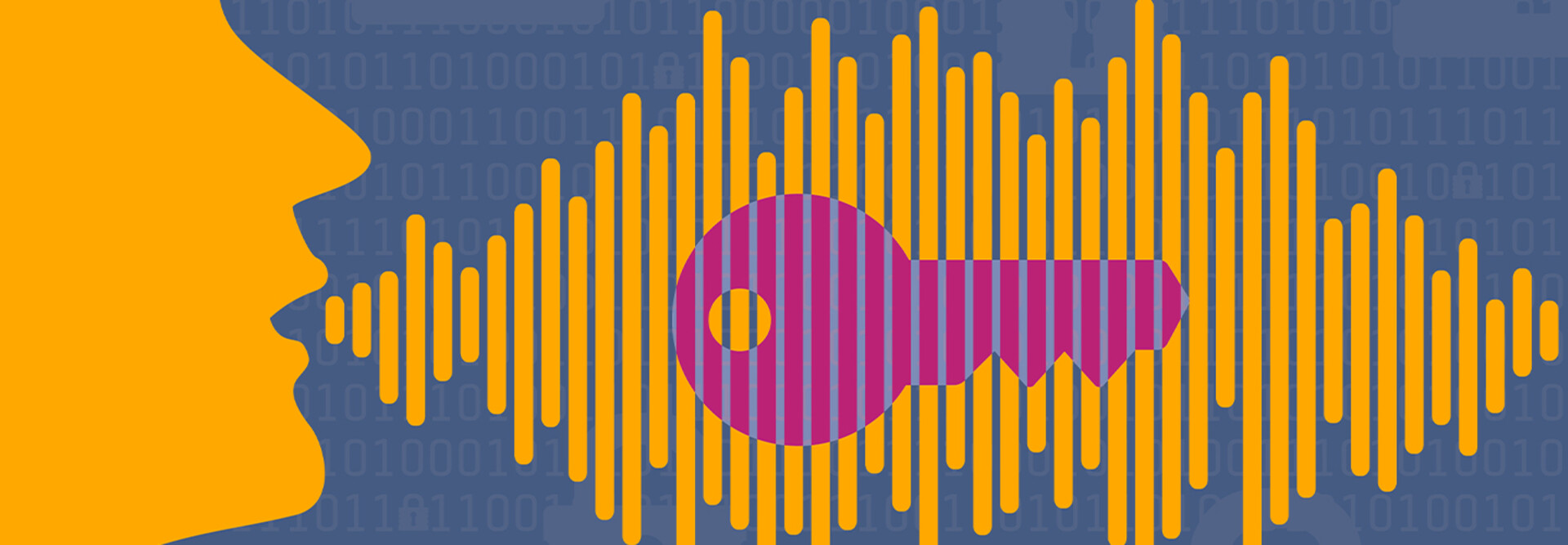What Are the Benefits of Voice-Activated Banking?
Voice-activated banking is a combination of biometric technology and cloud computing. With AI folded in, banking systems can authenticate customer voices by tone and pitch, with no passwords necessary. Customers can also communicate with voice-activated systems in multiple languages.
Thanks to advanced natural language processing (NLP) and large language models, “digital banking experiences are becoming more conversational, intuitive and humanlike,” says Forrester. The same report notes that conversational AI is expected to “take off in 2025,” and these systems will give financial IT leaders a more “always on, real-time, comprehensive view of their customers.”
“Generative AI could result in a 17% increase in time allocated to client interactions and advice, which are responsible for around 80% of banking revenue,” according to an Accenture report. That’s a sizeable growth area that no bank can afford to ignore.
READ MORE: Here are the biggest financial tech trends of 2025.
What Are the Advantages of Voice-Activated Banking?
Here’s a rundown of some of the biggest advantages voice-activated banking offers.
Added accessibility: Voice-activated banking can help those with learning disabilities to manage their finances. The 40 million U.S. adults with dyslexia, for instance, may struggle to read and write efficiently on a traditional bank website. Allowing users to perform financial actions via verbal commands helps remove this barrier.
Customer convenience: Users can make payments or query banks hands-free, which enhances convenience, accessibility and efficiency. U.S. Bank customers, for example, can bank via voice using the U.S. Bank Smart Assistant in the bank’s mobile app. Doing away with logins also improves the user experience, and voiceprint technology is significantly more secure than passwords and easier than other biometric identification methods.
Reduced operational costs: Voice-activated banking helps reduce the volume of call center inquiries and frees up staff members to focus on more complex tasks. This results in lower operational costs all around. Juniper Research forecasts that AI deployments will “save banks $900 million in operational costs by 2028.”
RELATED: See how artificial intelligence is transforming the payment process.
Some Challenges of Voice Activated Banking
While voice-activated banking offers convenience, banks should proceed cautiously due to security risks, potential fraud, and the challenge of ensuring accurate voice recognition across diverse user accents and environments.
Security risks: Though stronger than a password, voice banking isn’t immune to cyberattacks. Bad actors can use publicly available AI programs such as OpenAI’s Voice Engine to replicate a person’s voice from just a few seconds of audio, which can be easily garnered from social media posts. Distinguishing a customer’s real voice from a cloned one has proved to be extremely difficult. In fact, an inability to identify proper solutions has caused 91% of U.S. banks to reconsider their use of voice verification for major customers.
Privacy protection: Between voice assistants and chatbots, many banks are “using LLMs to power conversation analysis that improves customer service,” according to a recent SAS report. But only “5% of banking firms considering using large language models have privacy risk measures in place.”
Integration with legacy systems: The technical hurdles of combining digital banking with legacy systems can make it difficult to add voice bots to a bank’s system. For best results, IT leaders should invest in API-driven architectures and AI-powered NLP for better interoperability.
The trust barrier: Many customers remain skeptical about voice-activated banking. In fact, a recent J.D. Power survey revealed that while over half (54%) of financial services customers have used generative AI tools, only 27% trust AI for serious financial information and advice.
Is Voice-Activated Banking Worth It?
Voice-activated banking represents a new world of contactless financial services, but adoption is in its early phases, so organizations should proceed with caution. For institutions with robust security frameworks and tech-savvy customers, voice-activated banking can streamline operations and reduce costs. However, for those serving a more conservative customer base or relying on legacy systems, a gradual approach may be the best path forward.
For Capital One and Minnesota’s SouthPoint Financial Credit Union, voice-activated banking is a way to embrace conversational banking tools. And the accessibility and convenience are well worth the challenges.
UP NEXT: Does your team need artificial intelligence workstations?











